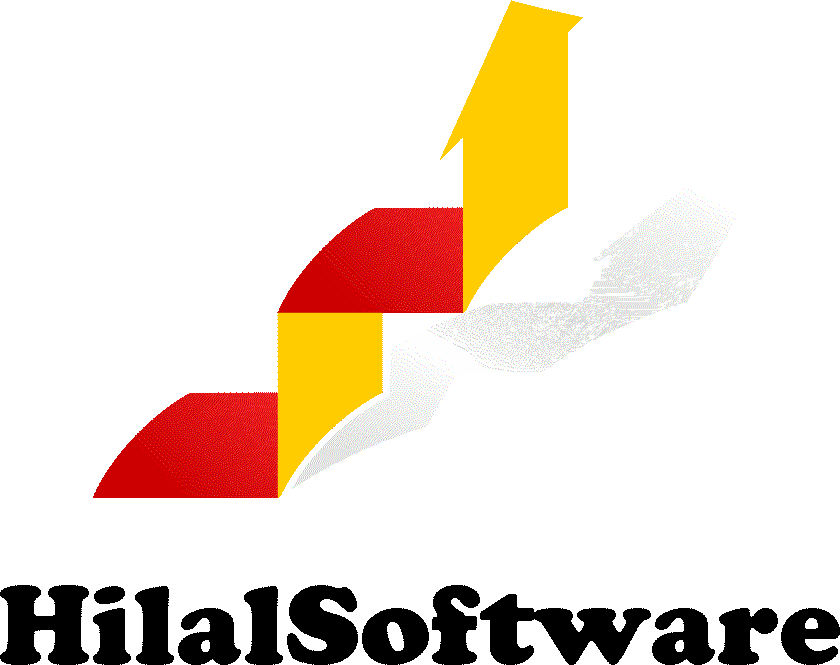
Coding a software solution is only a minor part of a long journey. We know this journey as the software development life cycle. Code optimization, design improvement, and code cleaning software can give a project an edge over rivals. Sadly, optimizing code was at the end of the spectrum in the old software creation life cycle. Luckily, now companies give importance to code optimization. Hence we now have many tools and features that are built into the system to optimize code.
Why Is Your Code Slow?
Code might be slow due to poor design or poor execution. An improved algorithm can go a long way in code optimization. There can be many slow software solutions. But a user notices slowness when software is using five resources badly.
- Memory
- CPU Cycles
- IO devices
- Network
- User Time
Thus the simplest method to make software is to work on its usability. The user should not be waiting for a process to finish.
When Should You Stop Code Optimization?
Software developers might like to work on a piece of software forever. To them, optimizing and improving is an exciting game. But sadly, we don’t have infinite resources on our hands. Business needs, time limits, and funds shortage might limit how far you can go for code optimization. Thus, economics has to decide when to stop more progress.
How To Optimize Code?
Because we write code on two levels, improving code is also a two-level process. That is:
- Improving The Algorithm
- Improving The Implementation
If you are creating a new algorithm for a known problem, then it might be the wrong bus. Instead, use tried and tested algorithms for all known problems. It is the key to avoiding many issues.
Similarly, for implementation, whenever possible, use available known code libraries. It will save you many headaches. Finally, you should optimize the remaining code after completing the above two steps. But this optimization should also be justified by economics.
If you want to have an optimized solution, contact us now!
